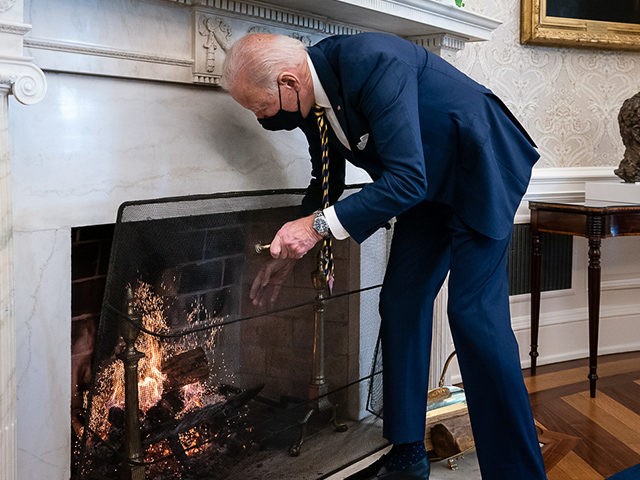The labor market’s recovery may be running into resistance from the government’s boost to unemployment benefits.
Job openings in the retail trade sector rose in February, according to data from the Department of Labor’s Job Openings and Labor Turnover Survey. In January, employers posted 793,000 help wanted notices. These rose to 817,000 in February.
But the number of hires actually fell in February, the second straight monthly decline.
In other words, the number of people retail businesses want to hire is rising. But the number of people accepting jobs in retail trade is falling.
The best explanation for this is that many of the people who would ordinarily accept these jobs are receiving more in unemployment benefits than employers can afford to pay. That’s largely due to the $300 per week emergency enhancement to regular unemployment benefits. Under the current program, around half of all those on unemployment receive more in benefits than they did in wages when they working.
This made sense when we were forcing workers out of their jobs and locking down the economy in an attempt to stem the pandemic. But now that vaccinations are spreading at a rapid rate and business restrictions have been lifted, it may rapidly become a drag on the economy. It’s hard to stage a reopening if workers won’t show up.
Of course, one way to lure workers out of unemployment would be to raise wages. That’s how it normally works: employers pay more than unemployment, so workers have an incentive to take jobs. Typically we also set a time limit on how long someone can stay on unemployment benefits and research shows that hitting that limit is a powerful driver of getting people back to work. Not working becomes much more expensive when you don’t have benefits as an alternative source of income.
But many of the jobs in retail trade that businesses would like to hire just cannot compete with a government program that boosts benefits by $300 per week and pays more than those jobs did pre-pandemic. What’s more, the government keeps extending the limit of how many months a person can stay on benefits.
More evidence that the bonus jobless benefits are holding back employment can be seen in the monthly jobs data. Despite robust hiring in January, February, and March—more than 900,000 people added to payrolls in March alone—people are not being drawn back into the workforce. The workforce participation rate is stagnant and the number of people who say they want a job but haven’t been looking has remained static. We usually call those who want work but don’t look “discouraged workers” but in this case a better term may be “enhanced unemployed.”
This has the potential to scramble the signals we get from economic data. The unemployment rate, for example, will likely remain higher than it would if not for enhanced benefits. That may create the impression that the labor market is still depressed when in fact it is just chained down by the government. Economic growth will remain lower than it would otherwise because the enhancements will keep the labor force smaller than it otherwise would be.
So what should be done? A pro-jobs reform might not mean cutting the enhancement altogether immediately. But instead of letting it continue through September at the $300 level, lawmakers could let it phase out over the next few months, perhaps at a rate $50 a month.
The horse of the American economy wants to run, but we’re fencing her in with our jobless benefit enhancement. It’s time to let her run.

COMMENTS
Please let us know if you're having issues with commenting.